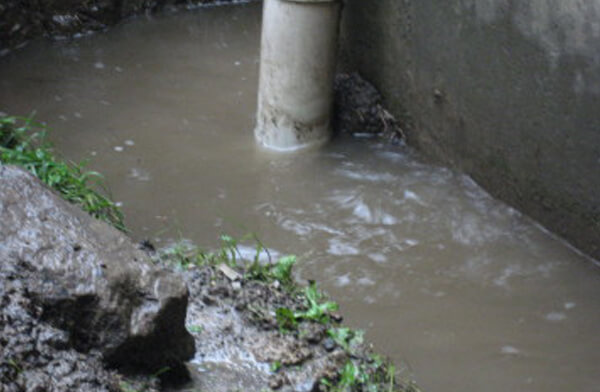The writer is making a number of good points on the subject of Locating water leaks overall in this article followed below.

Early detection of dripping water lines can mitigate a prospective disaster. Some little water leaks may not be noticeable.
1. Take A Look At the Water Meter
Every house has a water meter. Inspecting it is a proven way that assists you find leaks. For starters, shut off all the water sources. Ensure no one will certainly purge, make use of the tap, shower, run the washing equipment or dish washer. From there, most likely to the meter as well as watch if it will change. Since no person is utilizing it, there must be no motions. That suggests a fast-moving leakage if it moves. If you find no modifications, wait an hour or 2 as well as check back once more. This indicates you may have a slow-moving leak that could also be underground.
2. Examine Water Consumption
If you identify sudden adjustments, regardless of your usage being the exact same, it suggests that you have leaks in your plumbing system. An abrupt spike in your bill indicates a fast-moving leak.
At the same time, a stable increase on a monthly basis, even with the very same routines, shows you have a slow leak that's also gradually intensifying. Call a plumber to thoroughly examine your home, particularly if you feel a warm location on your floor with piping underneath.
3. Do a Food Coloring Examination
When it involves water consumption, 30% comes from bathrooms. Examination to see if they are running appropriately. Drop specks of food color in the container as well as wait 10 minutes. If the color in some way infiltrates your dish during that time without flushing, there's a leak between the container and dish.
4. Asses Outside Lines
Don't fail to remember to examine your outside water lines too. Should water leak out of the link, you have a loose rubber gasket. One small leakage can lose lots of water and also spike your water costs.
5. Examine and Evaluate the Circumstance
Property owners need to make it a behavior to inspect under the sink counters as well as even inside cabinets for any kind of bad odor or mold and mildew growth. These two red flags show a leakage so punctual interest is called for. Doing routine assessments, even bi-annually, can save you from a significant trouble.
If you recognize your residence is currently old, keep a careful eye on your heating systems, tubes, pipelines and so on. Check for stainings and also damaging as many pipes as well as devices have a life expectancy. They will also normally degrade as a result of tear and use. If you believe leaking water lines in your plumbing system, don't await it to intensify. Call a professional plumber right away so you don't wind up with a terrible mess in your home.
Early detection of leaking water lines can reduce a potential catastrophe. Some small water leakages might not be noticeable. Examining it is a guaranteed method that helps you uncover leaks. One little leakage can squander heaps of water as well as surge your water bill.
If you think dripping water lines in your plumbing system, do not wait for it to intensify.
WARNING SIGNS OF WATER LEAKAGE BEHIND THE WALL
PERSISTENT MUSTY ODORS
As water slowly drips from a leaky pipe inside the wall, flooring and sheetrock stay damp and develop an odor similar to wet cardboard. It generates a musty smell that can help you find hidden leaks.
MOLD IN UNUSUAL AREAS
Mold usually grows in wet areas like kitchens, baths and laundry rooms. If you spot the stuff on walls or baseboards in other rooms of the house, it’s a good indicator of undetected water leaks.
STAINS THAT GROW
When mold thrives around a leaky pipe, it sometimes takes hold on the inside surface of the affected wall. A growing stain on otherwise clean sheetrock is often your sign of a hidden plumbing problem.
PEELING OR BUBBLING WALLPAPER / PAINT
This clue is easy to miss in rooms that don’t get much use. When you see wallpaper separating along seams or paint bubbling or flaking off the wall, blame sheetrock that stays wet because of an undetected leak.
BUCKLED CEILINGS AND STAINED FLOORS
If ceilings or floors in bathrooms, kitchens or laundry areas develop structural problems, don’t rule out constant damp inside the walls. Wet sheetrock can affect adjacent framing, flooring and ceilings.
https://www.servicemasterbyzaba.com/blog/how-to-detect-water-leakage-in-walls/

I am just very fascinated with Detecting hidden plumbing leaks and I am hoping you liked our blog posting. Enjoyed reading our posting? Please share it. Help others discover it. I cherish reading our article about Leaking water lines.